Sensors: The Key to Data Collection for Intelligent Energy Management.
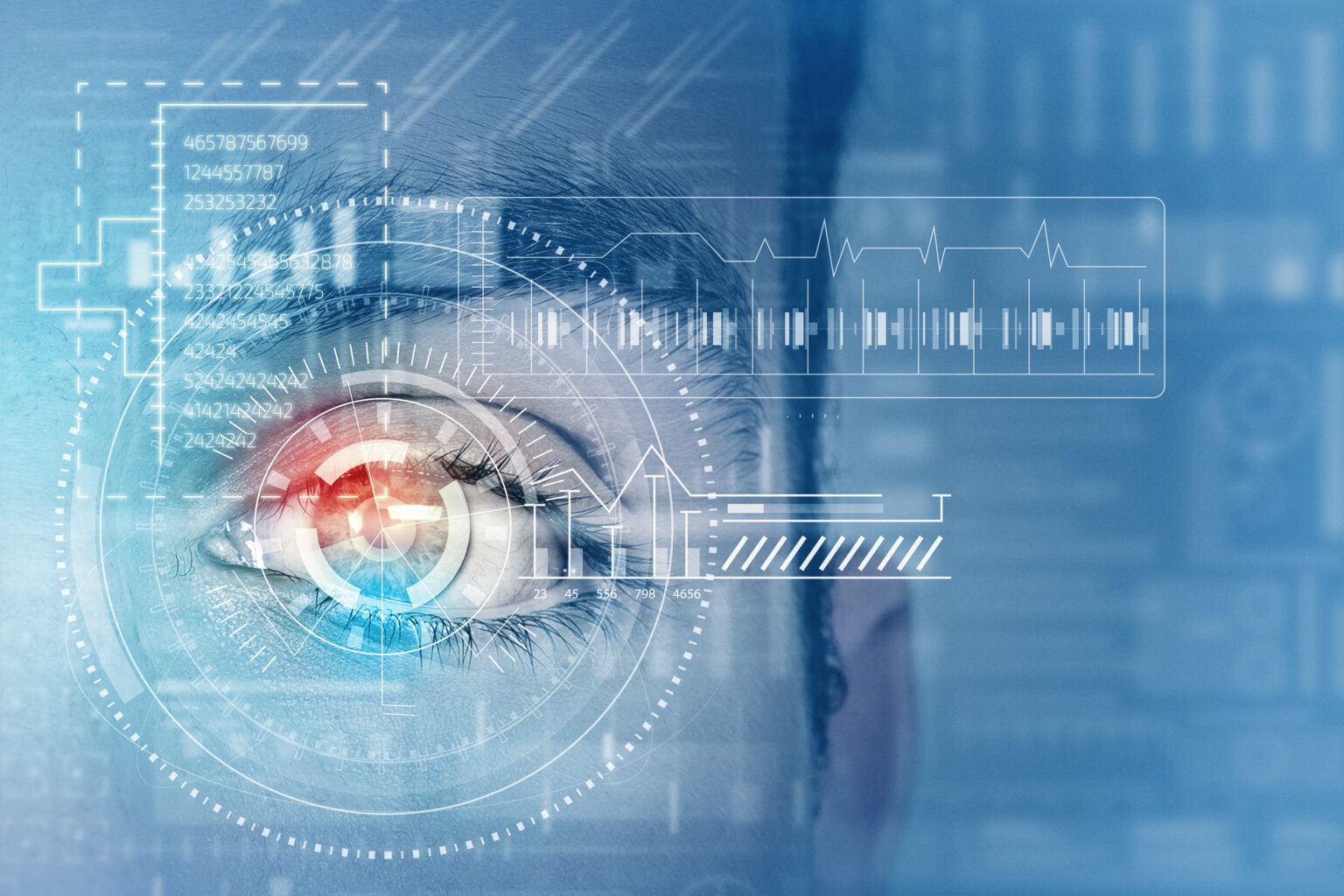
Sensors are like the eyes and ears of our facilities. They are essential for capturing accurate information about temperature, humidity, occupancy, and other parameters in real-time. This data is crucial for making informed decisions and optimizing our energy use, and we understand how vital sensors are for collecting reliable data that fuels our intelligent energy management approach.
KIPSUM Sensors: A Plug & Play Solution
At KIPSUM, we take pride in offering our own sophisticated sensors: Our sensors use plug-and-play technology, which means they are incredibly easy and quick to install. They can seamlessly integrate with an existing infrastructure, eliminating the need for complex construction work. Thanks to this simplicity, our sensors can be efficiently deployed in various environments without disrupting operations.
Reliable connectivity thanks to LoRa
Each KIPSUM sensor is connected to a LoRa concentrator, a long-range wireless communication technology. This concentrator collects data from all the sensors and transmits it directly to our secure cloud. This seamless connectivity ensures that information is available in real-time for analysis and action.
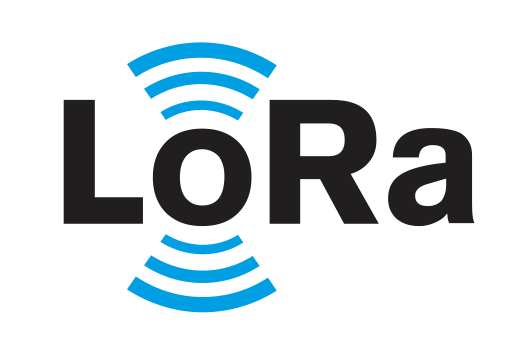
Benefits of KIPSUM Sensors

General Information About Our Sensors and Concentrators
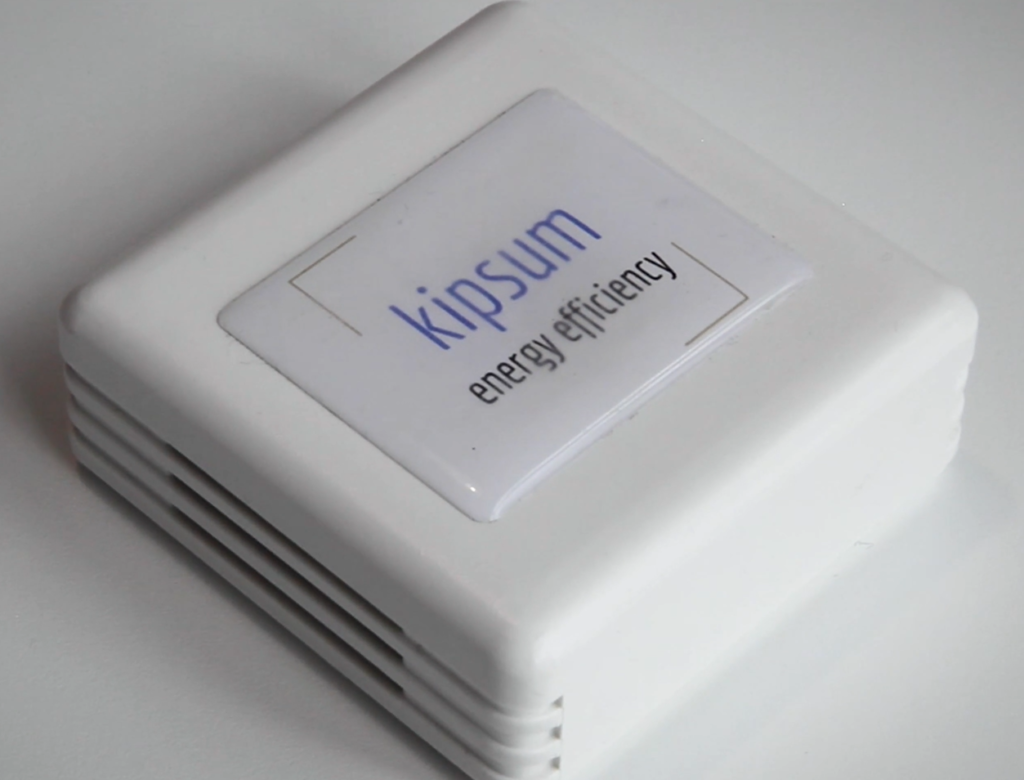
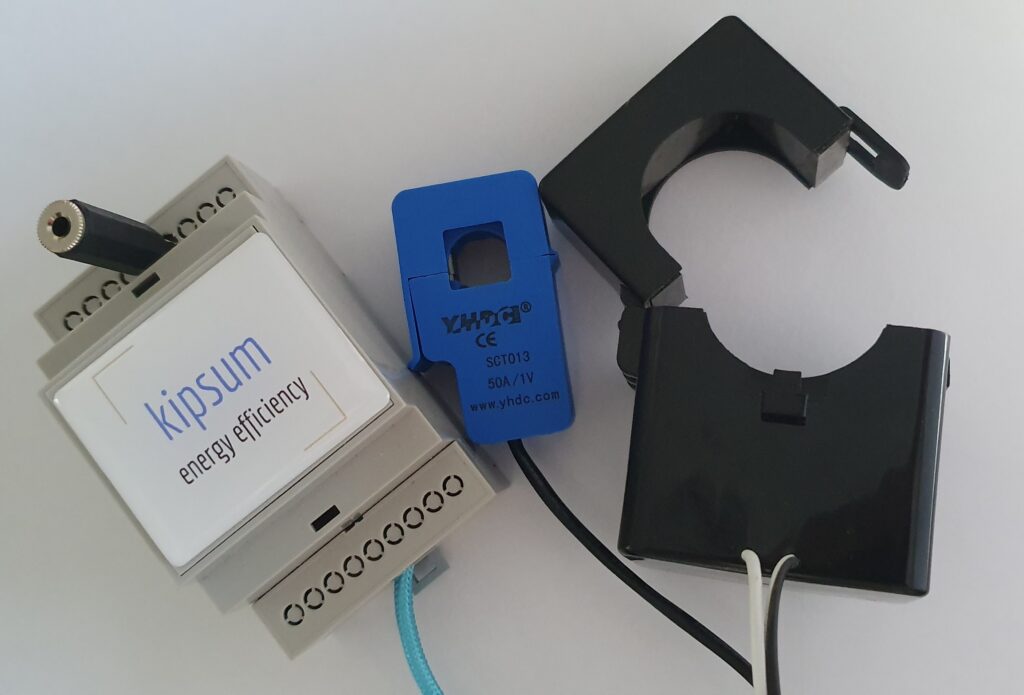
Les Kitherms© sont des capteurs de température et d’humidité installés dans différentes pièces pour créer une grille de bâtiment propre. Ces capteurs alimentés par batterie ont une autonomie de 5 ans. Ils ne sont pas intrusifs.
Les concentrateurs kimaster© et leur clé 4G centraliseront toutes les informations transmises par ondes radio par les capteurs et retransmises par 4G vers un cloud dédié et sécurisé accessible par le client.
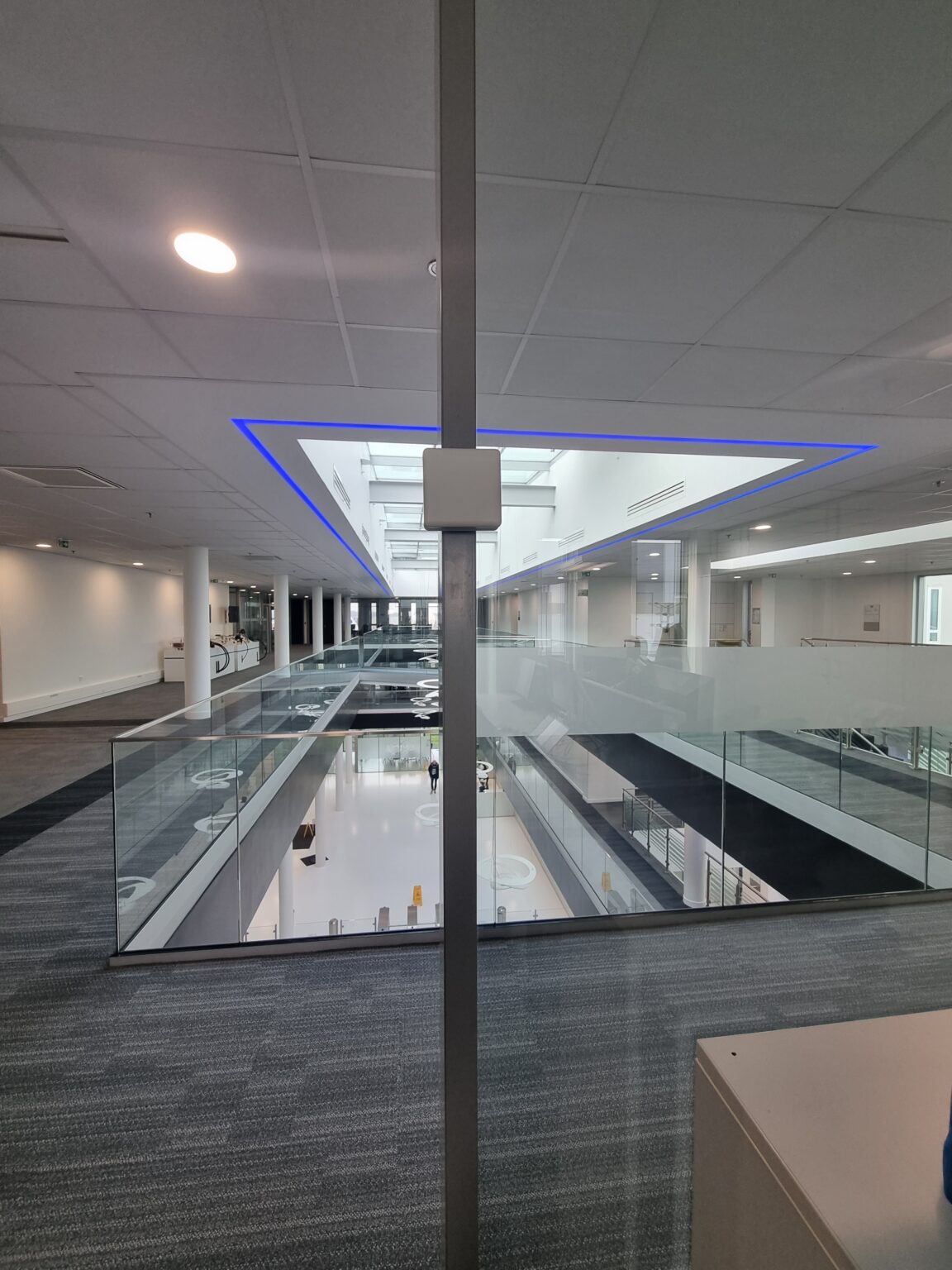
These sensors are manufactured at Alliansys in France and are the intellectual property of KIPSUM. We comply with the following standards:
- ETSI EN 301 489-1: Electromagnetic compatibility (EMC) standard for radio equipment and services.
- ETSI EN 301 489-3: Electromagnetic compatibility (EMC) standard for radio equipment and services from 9 KHz to 246 GHz.
- EN 61000-6-2: Generic immunity standard for industrial environments.
- EN 300 220-1: Standard for short-range devices (SRDs) operating in the 25 MHz to 1000 MHz frequency range.
- NF EN 62479: International standard providing simple methods for assessing the conformity of low-power electrical and electronic equipment to a relevant exposure limit for electromagnetic fields (EMC).
- Directive 2014/53/EU – Radio Equipment (RED).
- Directive 2014/30/EU – Electromagnetic compatibility ECM.
- Directive 2006/66/CE – Piles.
- Regulation (EC) N°1907/2006 – Chemical substances (REACH)
